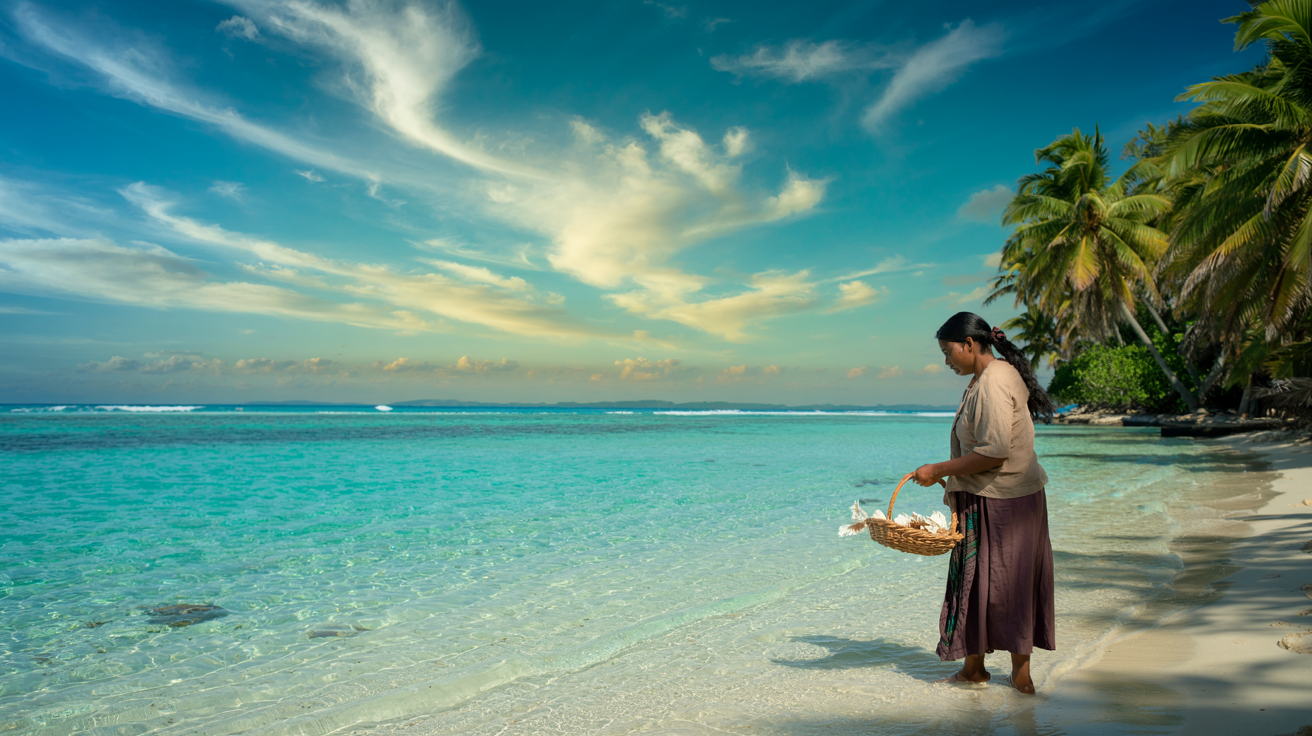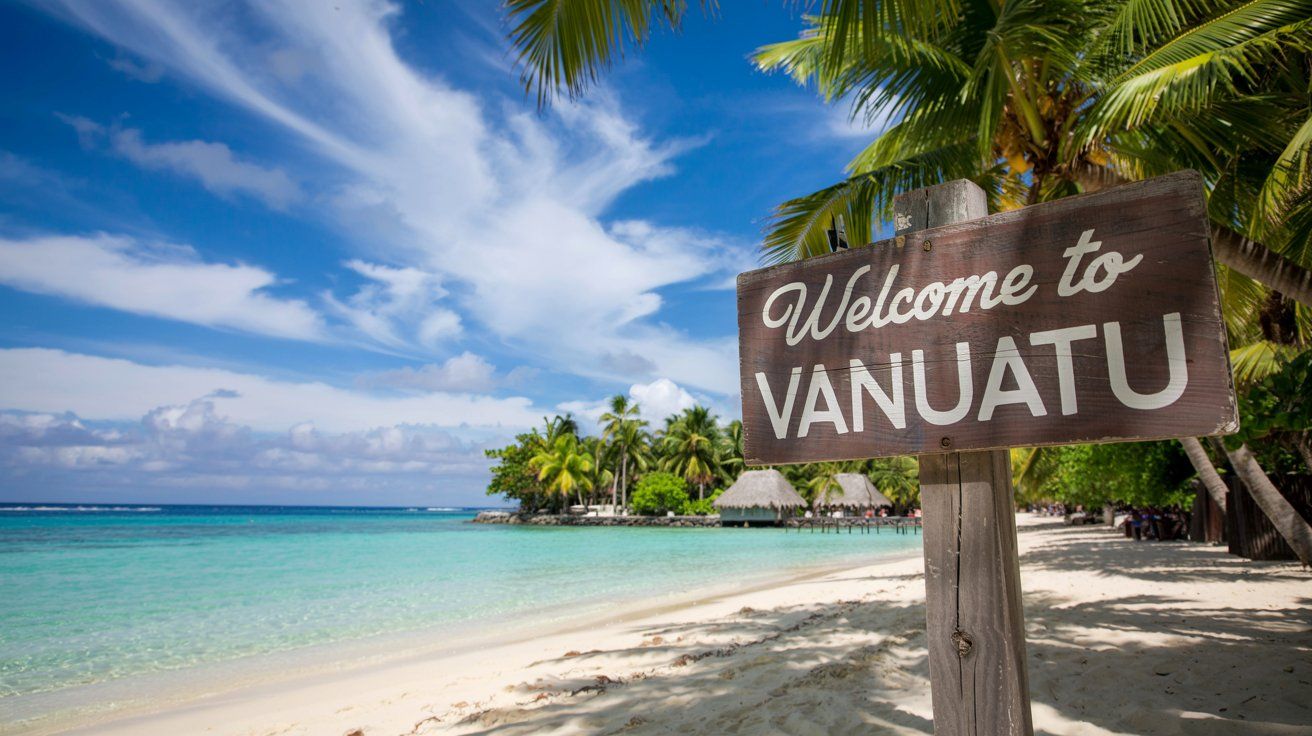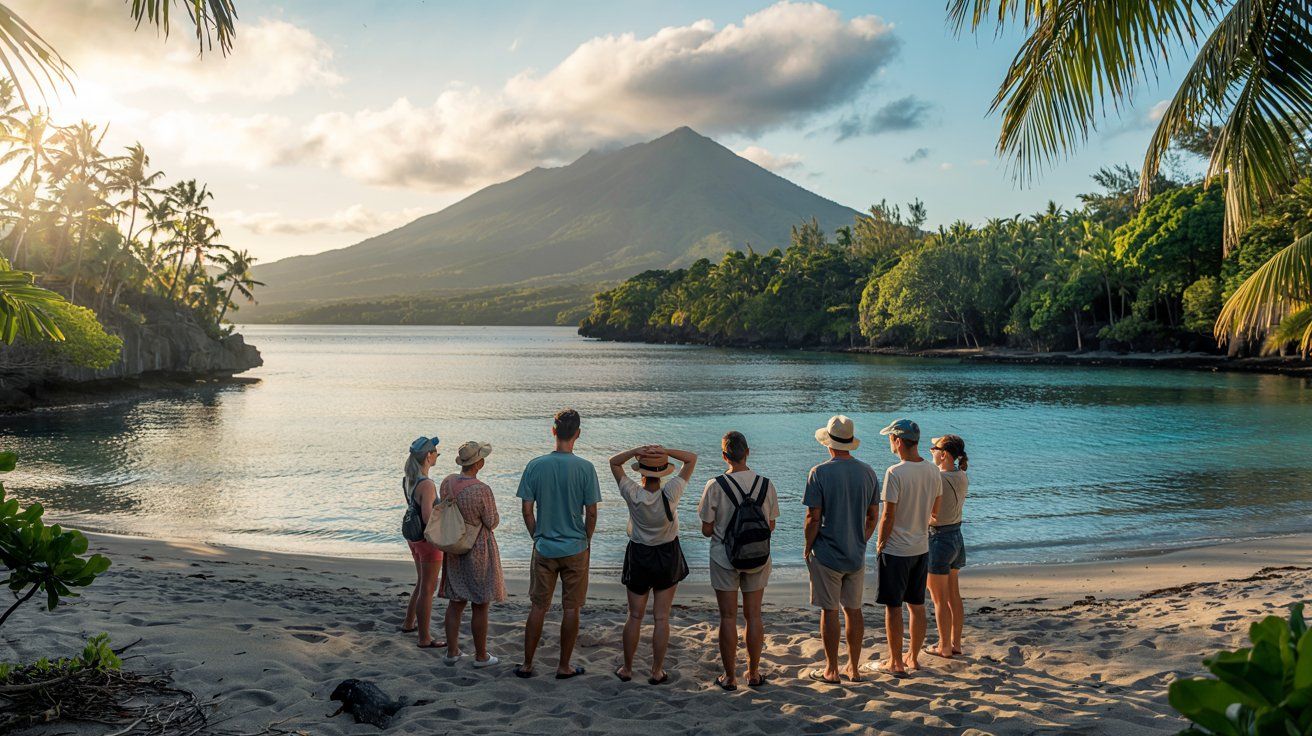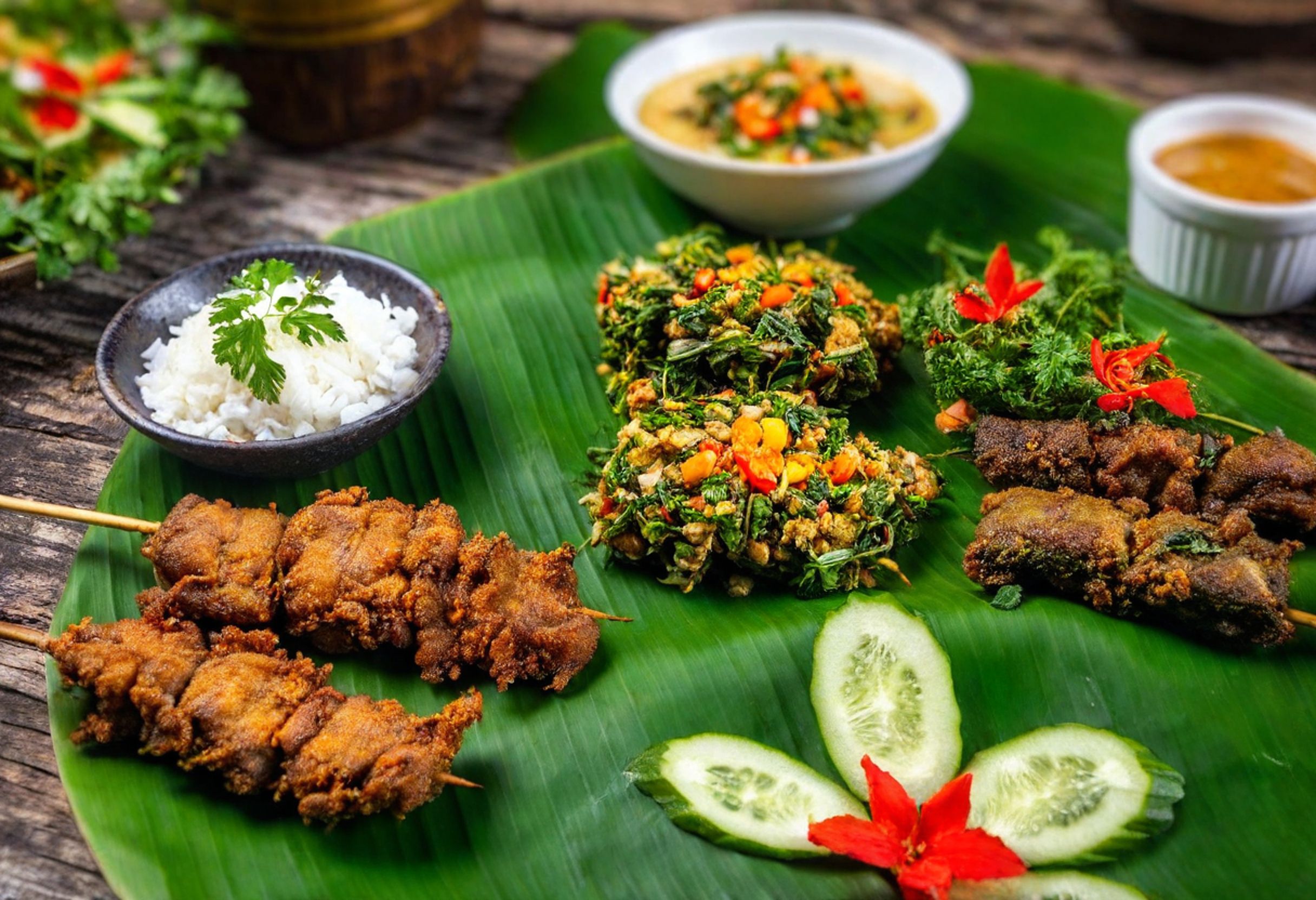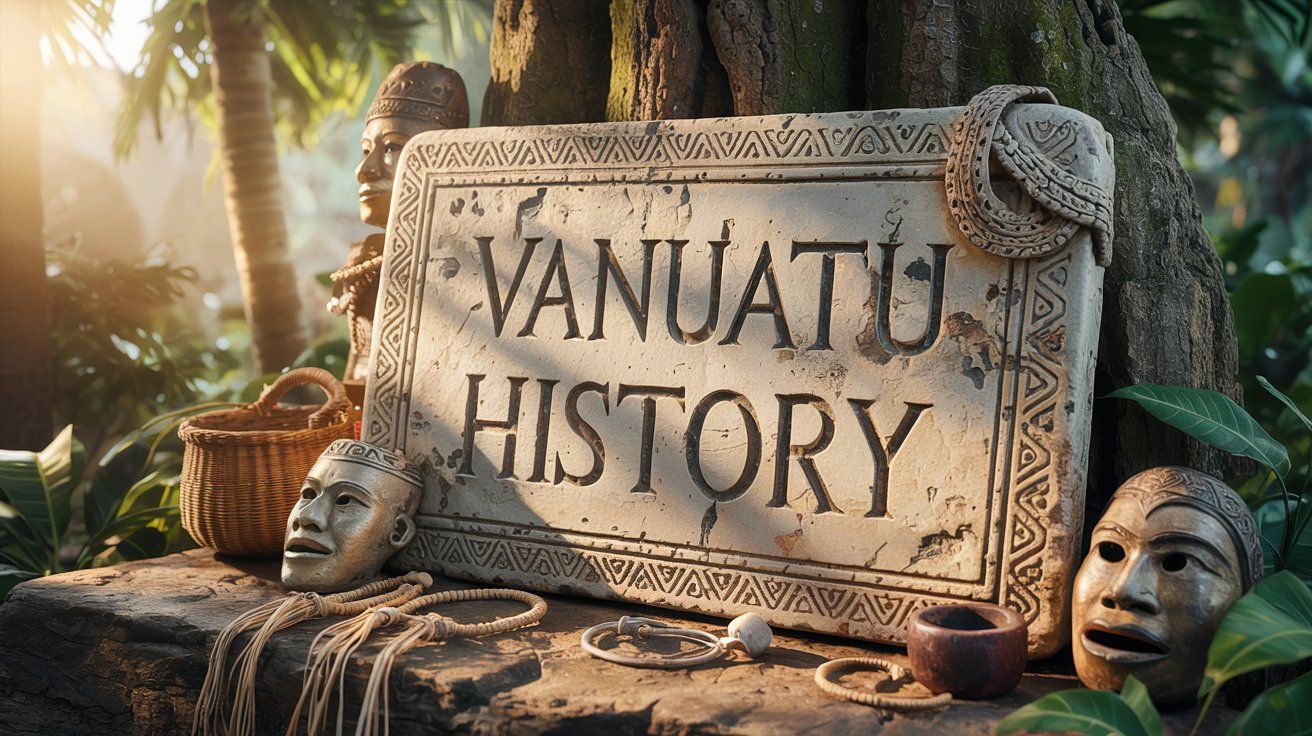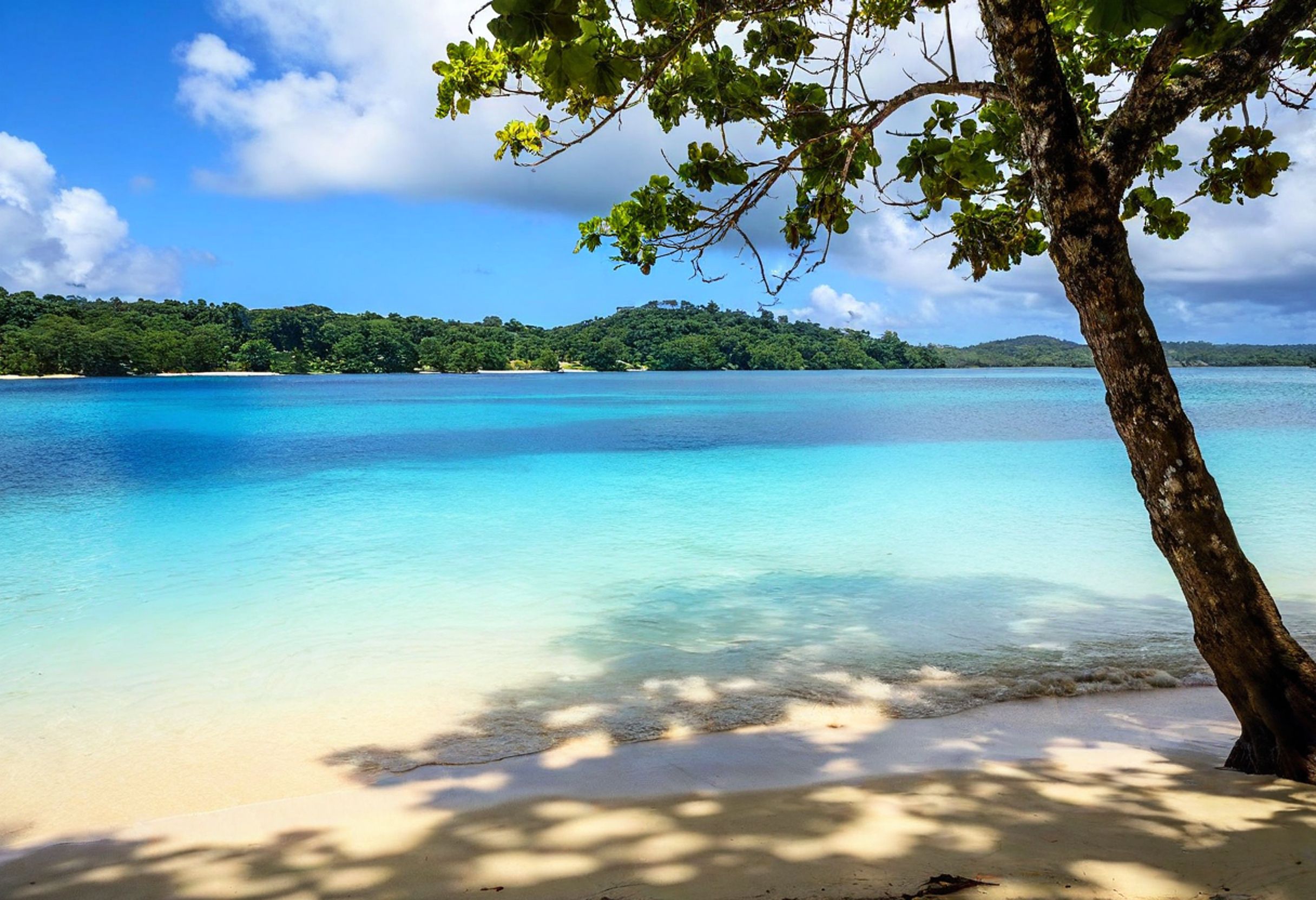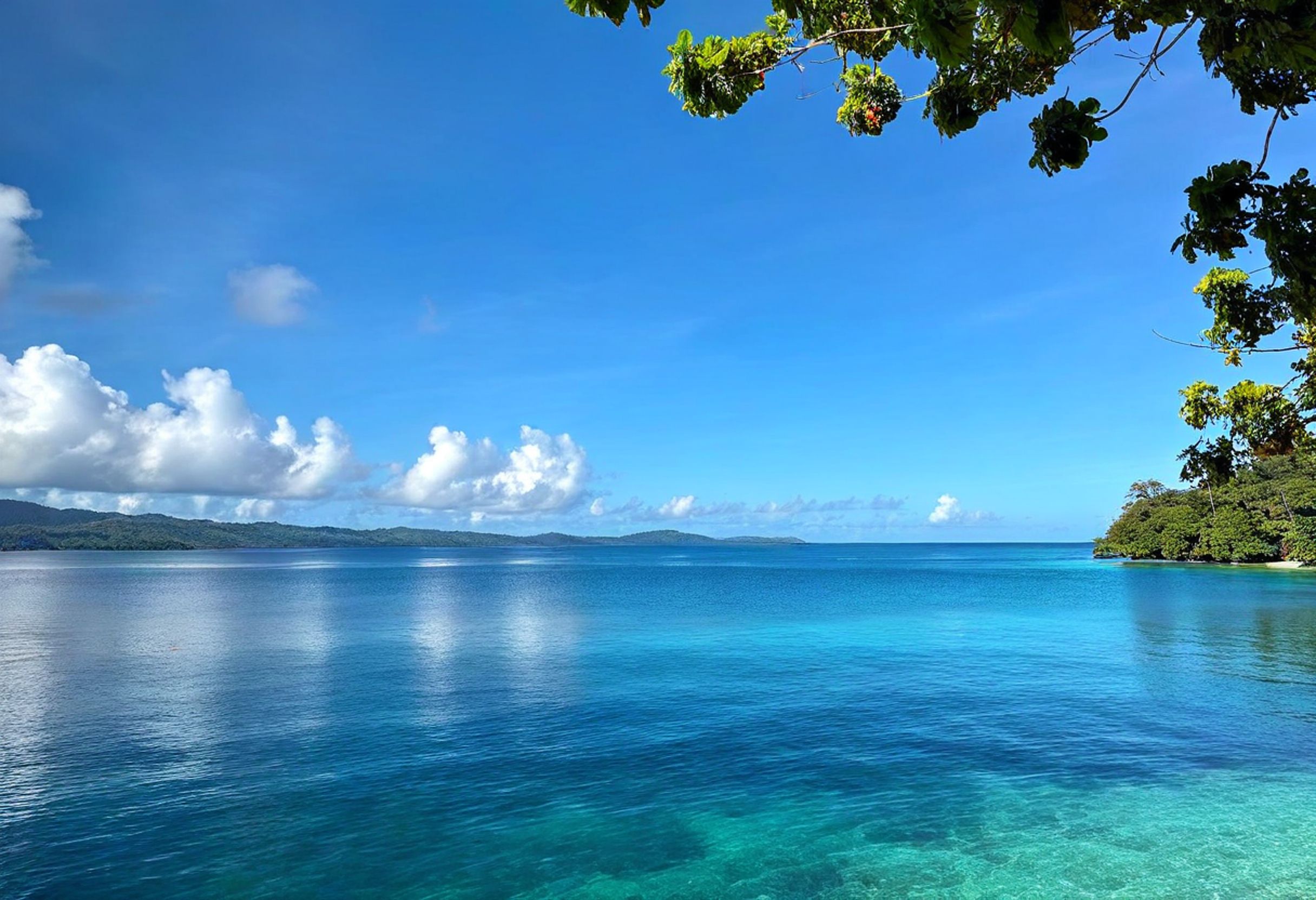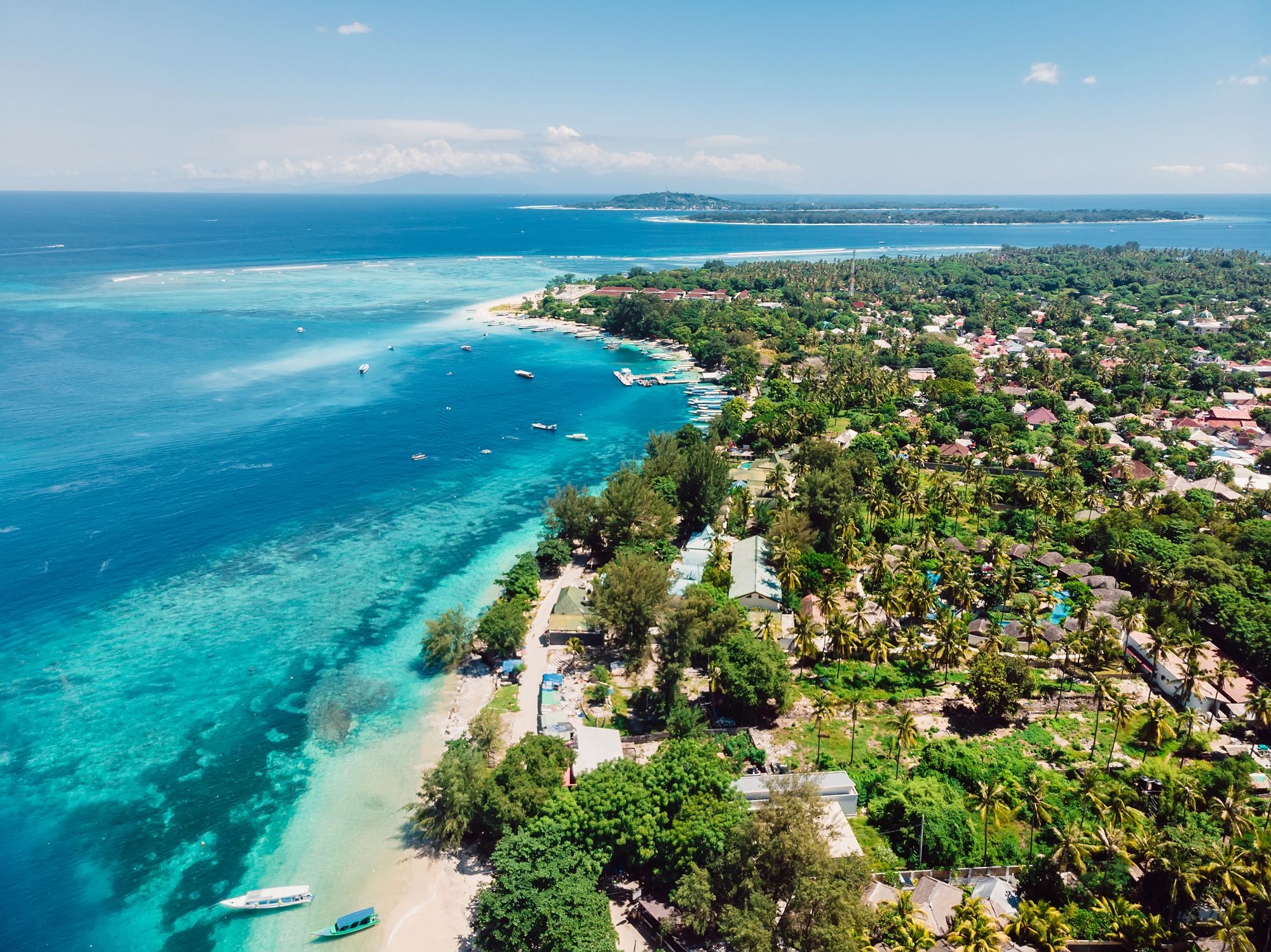In March 2015, Cyclone Pam tore through the Pacific island nation of Vanuatu, causing widespread devastation. The powerful storm claimed 15 lives, injured many more, and destroyed thousands of homes, schools, and other essential buildings across 22 islands. Vanuatu’s National Disaster Management Office has defended its extended two-year recovery timeline, citing the enormous scale of damage estimated at $450 million – equivalent to 64 percent of the country’s GDP.
The emergency response in Vanuatu continues months after the cyclone struck, with recovery efforts focused on rebuilding critical infrastructure and restoring livelihoods. Despite facing significant challenges, some areas have shown remarkable resilience. The forest canopy on Tanna island has demonstrated impressive natural recovery since the disaster, giving hope to affected communities.
Vanuatu’s extended recovery timeline highlights broader concerns about climate vulnerability in Pacific island nations. Climate experts warn that Vanuatu faces existential threats from rising sea levels and increasingly severe storms. As recovery from Cyclone Pam continues, the country must balance immediate rebuilding needs with long-term resilience strategies to protect its people and culture from future disasters.
Assessment of Damages and Ongoing Challenges
The impact of Cyclone Pam continues to present significant obstacles for Vanuatu’s recovery efforts. Widespread destruction across multiple sectors has created a complex web of interrelated challenges that must be addressed systematically.
Infrastructure and Shelter
Port Vila, Vanuatu’s capital, experienced severe infrastructure damage when Tropical Cyclone Pam struck in March 2015. Public buildings, roads, and power systems were extensively compromised across 22 affected islands. Many communities saw their homes completely destroyed, with damage assessment reports classifying structures as “fully destroyed” if more than 40% of the building was damaged.
The shelter crisis remains acute in rural areas where building materials and skilled labor are scarce. Temporary housing solutions have often extended well beyond their intended timeframes, creating secondary concerns about safety and adequacy.
Water supply systems, critical for both residential and agricultural needs, continue to function at reduced capacity in many regions. Communication infrastructure, vital for disaster response coordination, still requires significant upgrades to reach pre-cyclone capabilities.
Economic and Agricultural Impact
The economic losses from Cyclone Pam were catastrophic, estimated at $450 million – equivalent to 64% of Vanuatu’s economy. This devastation created ripple effects throughout all economic sectors that persist today.
Agriculture, a cornerstone of Vanuatu’s economy, suffered extensive damage with the cyclone destroying crops on a massive scale. Local vegetables, fruits, and staple crops were wiped out across farming regions. The disaster compromised the livelihoods of approximately 80% of Vanuatu’s rural population.
Tourism, another vital economic pillar, experienced major setbacks with damaged resorts and transportation difficulties. Recovery in this sector has been gradual but remains incomplete, with visitor numbers still below pre-disaster projections.
Small businesses continue to struggle with limited access to capital for rebuilding. Insurance coverage was inadequate across many sectors, forcing reliance on international aid for recovery funding.
Healthcare and Sanitation Concerns
The cyclone severely damaged medical facilities across Vanuatu, reducing healthcare capacity precisely when needs increased. Rural clinics were particularly affected, with many still operating with temporary equipment and reduced services.
Sanitation infrastructure deteriorated significantly after the disaster, creating ongoing public health challenges. Contaminated water sources led to disease outbreaks in several communities. Proper waste management systems remain underdeveloped in areas where temporary solutions were implemented.
Mental health impacts represent an often overlooked consequence of the disaster. Communities that experienced total destruction of homes and livelihoods report persistent trauma symptoms. Healthcare providers note increased demand for psychological support services.
Strategies for Recovery and Future Resilience
Vanuatu’s path to recovery from Cyclone Pam involves multiple coordinated approaches focusing on infrastructure rebuilding, climate adaptation, and international partnerships.
Rebuilding Efforts and Community Support
The Vanuatu Infrastructure Reconstruction and Investment Program (VIRIP) has made significant progress in rebuilding the nation’s critical structures. This World Bank-supported initiative has reconstructed 50 kilometers of roads and rebuilt 40 schools damaged by Cyclone Pam.
Communities on Tanna and other outer islands received priority attention, with evacuation centers being reinforced to withstand future storms. These centers now serve dual purposes as community gathering spaces and emergency shelters.
Local families participate in rebuilding efforts through community-led construction projects. This approach ensures culturally appropriate rebuilding while developing skills within communities.
Medical facilities have been upgraded with more resilient designs. Supply chains for medicine and essential goods to remote islands have been strengthened to prevent future disruptions.
Climate Change Adaptation and Policy
The Vanuatu Recovery Strategy provides a framework for communities impacted by tropical cyclones while incorporating climate change considerations. Government policies now require climate-resilient building standards for all new construction.
Traditional knowledge is being combined with modern climate science to create early warning systems specific to the South Pacific region. These systems help predict and prepare for extreme weather events.
Vanuatu has emerged as a leader among Pacific Islands in climate advocacy. Officials regularly participate in United Nations climate conferences to highlight the urgent challenges facing small island nations.
Environmental protection measures, including mangrove restoration and coral reef conservation, are being implemented as natural buffers against storms and rising sea levels.
International Aid and Collaboration
The Pacific Resilience Program (PREP), supported by the World Bank and GFDRR, provides crucial technical assistance for disaster recovery. This regional collaboration strengthens Vanuatu’s capacity to respond to natural disasters.
Australia has been a key partner, establishing direct flights via Air Vanuatu between Sydney and Port Vila to support tourism recovery. Tourism represents a vital economic lifeline for rebuilding efforts.
International organizations have helped restore infrastructure and government services while supporting local livelihoods. Their assistance includes targeted programs for vulnerable populations.
Financial mechanisms like catastrophe bonds and insurance programs have been established with international support. These tools provide immediate funding when disasters strike, reducing reliance on after-the-fact aid appeals.

